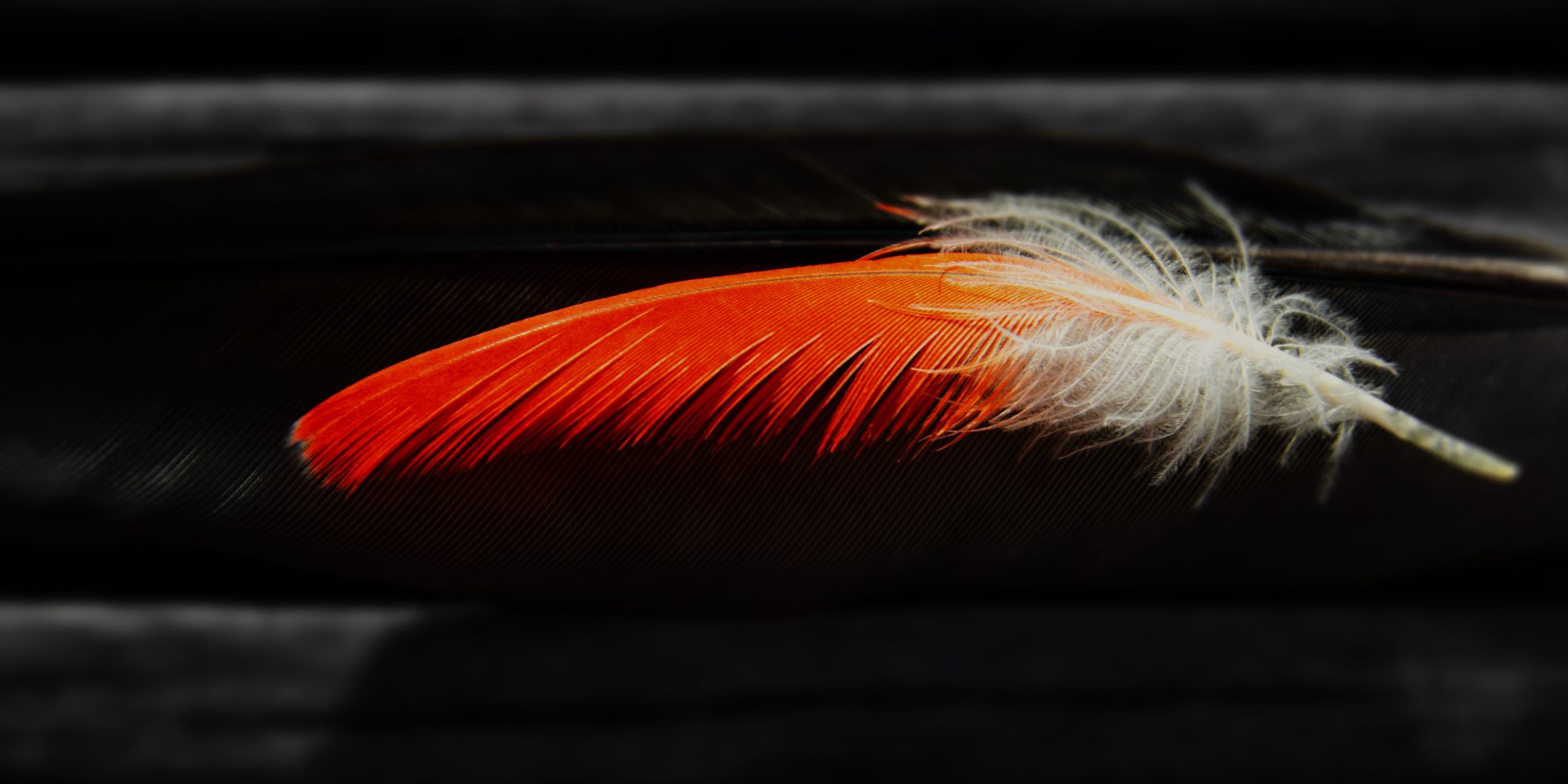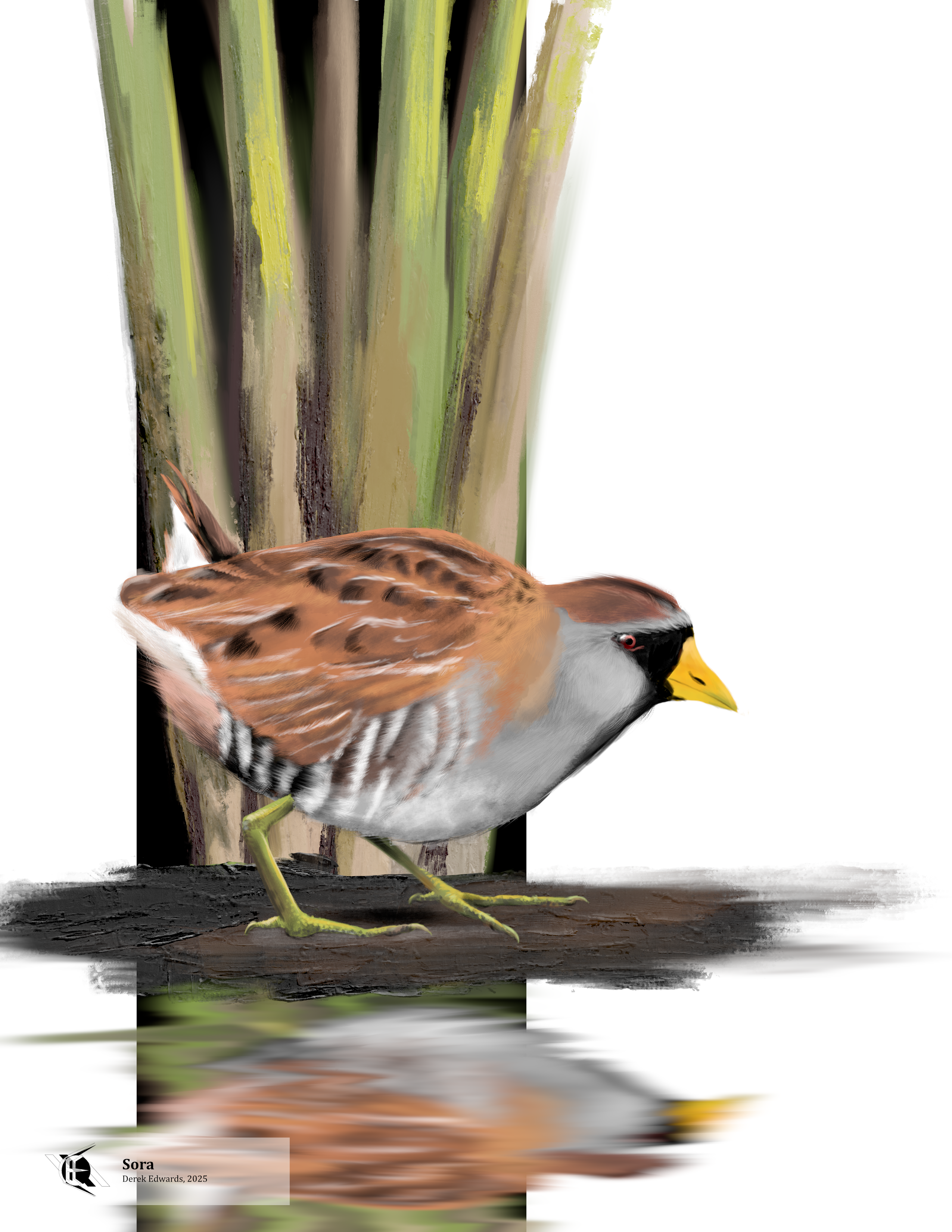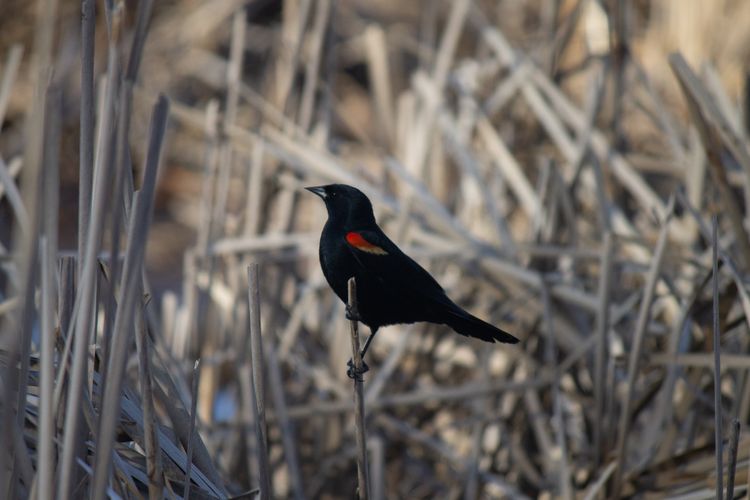
Running Commentary 9/22/2025
Hello,
Happy first day of Fall! It’s time to start seeing lots and lots of orange everywhere, which…well that suits me, at least.
Anyway...
Watching...
BattleBots
The fourth Face-Offs Episode brought back Witch Doctor to fight three previously-untelevised bots (I won’t say three rookies because apparently they’ve been in untelevised fights.)
- MAGNITUDE v TACO TUESDAY — Magnitude is a very standard meta BattleBots design; Taco Tuesday is not, being built around a really weird wheelbase seemingly mostly focused on keeping its weapon squared up with its opponents rather than forward mobility, which it exhibited no capability of in this first fight. It reminds me of an ABC-era bot, in that it’s a incredibly creative design but not, as far as I can tell, an incredibly effective one. The meta is what it is for a reason.
- WITCH DOCTOR v DOOM — I’ve historically called Witch Doctor over-rated, even though it is still certainly a bot in the upper levels of the sport. Doom clearly is able to self-right when operating properly, but per the team it wasn’t fully functional when it went into the box. Doom endured relatively little damage as well. All-in-all this is a classic Witch Doctor fight, an impressive-looking victory with a bunch of asterisks attached.
- MAGNITUDE v DOOM — Once again Doom entered the box pre-defeated, this time seeming to totally lack functionality in its weapon arm from the outset. Their armor design kept this from being another insta-knockout, which I suppose brings up Doom’s design for me to talk about it: Doom is basically Beta but a hammer-saw rather than just a hammer. It shares the same pyramid-shaped design which does do a remarkably job deflecting hits, but also makes it difficult for it to corral and pin an opponent. Really successful hammer-saw bots like Sawblaze and Skorpios are built in such a way that they can sweep up opponents, pin them to the wall, then give them a few good well-placed hits from above. Doom I don’t think could pull that off. Then again, let’s not get ahead of ourselves; you need a working weapon before you worry about how to use it.
- **WITCH DOCTOR v TACO TUESDAY — So, Taco Tuesday can’t self-right, and if you can’t self-right, you can’t compete in BattleBots, really. I do feel like there’s something there in Taco Tuesday worth getting to a point where it’s actually good. If nothing else, it confuses its opponent in a fun way. I said it reminded me of an ABC-era bot, but it also reminds me of how I felt about Huge when it first took to the box, so I have some hope for them.
- DOOM v TACO TUESDAY — Audience applause gave this to Doom. I’m not sure they earned a win but I don’t think Taco Tuesday was robbed here either. The fact that a hammer-saw bot was unable to knock out a bot that had no top surface armor does not say great things. Neither bot seems truly capable of winning a BattleBots match, as they currently stand. I’d love to see a further improved version of either of these bots in a tournament (I’d love to see another tournament, for that matter) but I don’t think either are ready for that right now.
- WITCH DOCTOR v MAGNITUDE — Unlike Witch Doctor’s other two opponents, Magnitude was able to put up a genuine fight here. But Mike Gallatly is one of the sport’s best drivers, and he’s been driving Witch Doctor for a decade, and he, Andrea, and their team are just better at BattleBots than these new teams, and that showed here. There was no design quirk or weapon failure that did Magnitude in, they just got outdriven and outfought, by what I imagine is by far the best bot they’ve ever faced.
The next Face-Offs will pit some newbies against Rusty. Now, I love Rusty, we all love Rusty, but Rusty is not, on the merits, a top BattleBot, so I don’t think this will be quite the Charles Barkley joining a kids’ pick-up game situation that this episode was. We’ll have to see.

Bird of the Week
It’s September, and while it’s only truly autumn starting today, the month as a whole marks the start of the Fall migration season in Michigan. I’ve been birding more seriously than I did over the summer, which means I’ll have more chances to be inspired to draw one of the birds I’ve seen—even if they’ve been hanging around all season, like this one: the Sora.
As is typical, I heard a sora before I saw one. I was at a favorite birding spot of mine, a patch of marshland that Michigan State University uses as an ecological research station. This is the place I go to search for pintails in the Spring, when duck plumage is at its finest—but birds come through both ways, so I check it out a few times in the fall too. (That’s how I got my best look at a pintail — in the non-breeding season, when they basically look like shiny mallard hens — but oh well.)
There wasn’t much waterfowl: a small flock of Canada geese, a larger flock of wood ducks, and one or two mallards were the only ones I saw, at least until a couple of trumpeter swans circled overhead. But the lack of ducks gave me an excuse to pay more attention to the other birds in the marsh. There were some swamp sparrows, as might be expected, and quite a few cedar waxwings. A shallow pond had a nice variety of shorebirds.
Then I heard a whinnying sound. I’d never heard a sora in real life before, but I knew they whinnied—and that they were one of only two birds in Michigan that do. I was pretty sure this wasn’t a screech owl. I looked around to see if I could find it, but it was deep in the reeds. I continued down the trail as it wrapped around the pond until I came to the edge of the water, where I found another birder. He was sitting under some reeds with a spotting scope, and he told me he’d seen multiple soras that day. He offered me a look through his scope; I saw a few shorebirds and then, foraging along the edge of the reeds, a sora. I watched it for a bit and tried to get a photo on my phone through the scope—unsuccessfully. I thanked the other birder for the look at a bird I’d never seen before and left him to his spot.
Spotting scopes are telescopes designed for looking at things on Earth, rather than up in space. Birders use them in open areas to see things too far away for binoculars. The thing is, they’re kind of expensive. I have a cheap one, and even it’s worth enough that I’m careful with it; a nice one can be a thousand dollars or more. So not every birder has one. Fortunately, birders tend to be friendly with each other, so if someone does have a scope set up, they’ll often be happy to let others look through it. There’s no strict etiquette about this, but generally I find it best not to ask if not offered (though you can always ask what a birder is seeing through their scope as a less blunt way of asking for a look), and not to reposition the tripod or mess too much with the focus. Again, these things get expensive, and if it isn’t yours, you don’t know if it’s one of the ones with four-figure price tags.
So I heard a sora and I Saw a sora—what’s a sora? It’s a North American species of crake, though “crake” is one of those bird terms like “teal” or “martin” that doesn’t have a very clear-cut definition. Essentially, a crake is a short-billed rail—a term applied commonly to several species in the rail family, including the other two members of the sora’s genus, and archaically to the sora itself. Seeing the sora completed my Lower Michigan rail sighting list, as I’d already seen common gallinules, American coots, and Virginia rails. (The purple gallinule might be found in Michigan, and I might have seen one of those once.) The sora is more reclusive than the Virginia rail, and more boldly patterned in yellow and black. I’ve still not seen a yellow rail, which are very rare breeders in the U.P. Besides coots, rails are pretty secretive and not likely to be seen outside of marshes, so I feel very fortunate to have seen the few I have.
“Sora” is not a particularly obvious name for this bird. Many sources claim the term is a loanword borrowed from a Native American language, though which language remains unspecified. Merriam-Webster simply says “origin unknown” for its etymology.^1^ Mark Catesby, one of the first English scientists to study the bird, called it the “soree,”^2^ which to me seems likely to imitate its two-note, non-whinnying call. Back in those days, it was often called the Carolina rail or Carolina crake as well. To science, it is Porzana carolina, having been named Rallus carolina (Carolina rail) by Linnaeus. The genus Porzana gets its name from a Venetian term for a small waterbird, and was introduced for the Old World spotted crake (Porzana porzana, originally Rallus porzana) by the French naturalist Louis Jean Pierre Vieillot.^3^
One more thing about the sora: bird scientists—or people like me with a hobby interest in birds—will recognize that this bird shares a name with an ornithological paper database: the Searchable Ornithological Research Archive, currently hosted by the University of South Florida. I’ve found a lot of material for writing “Birds of the West” in SORA, whose name I don’t think is coincidentally shared with this bird.
- Merriam-Webster.com Dictionary, s.v. “sora,” accessed September 21, 2025, https://www.merriam-webster.com/dictionary/sora.
- Catesby, Mark. Natural History of Carolina, Florida and the Bahama Islands : Containing the Figures of Birds, Beasts, Fishes, Serpents, Insects, and Plants : Particularly, the Forest-trees, Shrubs, and Other Plants, Not Hitherto Described, or Very Incorrectly Figured B. Vol. 1, 1729. p. 70
- Jobling, J. A. (editor). The Key to Scientific Names in Birds of the World (S. M. Billerman et al. editors), Cornell Laboratory of Ornithology, Ithaca.
Curation Links
This Feather Could Save Your Life | Andrew Zaleski, Washingtonian
“When birds collide with airplanes, their remains are sent to a special lab in Washington, DC. There, an elite team of avian detectives works to identify the exact type of bird—the better to prevent future catastrophes.”
Literacy lag: We start reading too late | Erik Hoel, The Intrinsic Perspective
An early reading education advocate looks at the reasoning behind cautions against teaching kindergartners or younger children to read, finding some of it to be based on outdated neuroscience studies or misreadings of education studies. Siegel pushes for children to be taught to read as soon as they can hold a book, lest their free time become filled with other habits, leaving them no time to read once they’re of age.
Bellows of Discontent | Elizabeth Eshelman, McSweeney’s
“Most auditions begin with an initial period when anyone can send in a recording of his or her playing. Next, the audition committee invites a group of semi-finalists to try out in person. These candidates are given a list of 15 or more orchestral excerpts in advance from which the committee will select five on the audition day itself. Orchestras have only one principal tuba; vacancies rarely turn up; and when one does, a big pool of fierce competition instantly materializes. To have even a prayer of winning, you have to practice your excerpts.”
A Happy Man | Anton Checkov
[FICTION] A brief story about a man travelling by train.
See the full archive of curations on Notion



Member Commentary